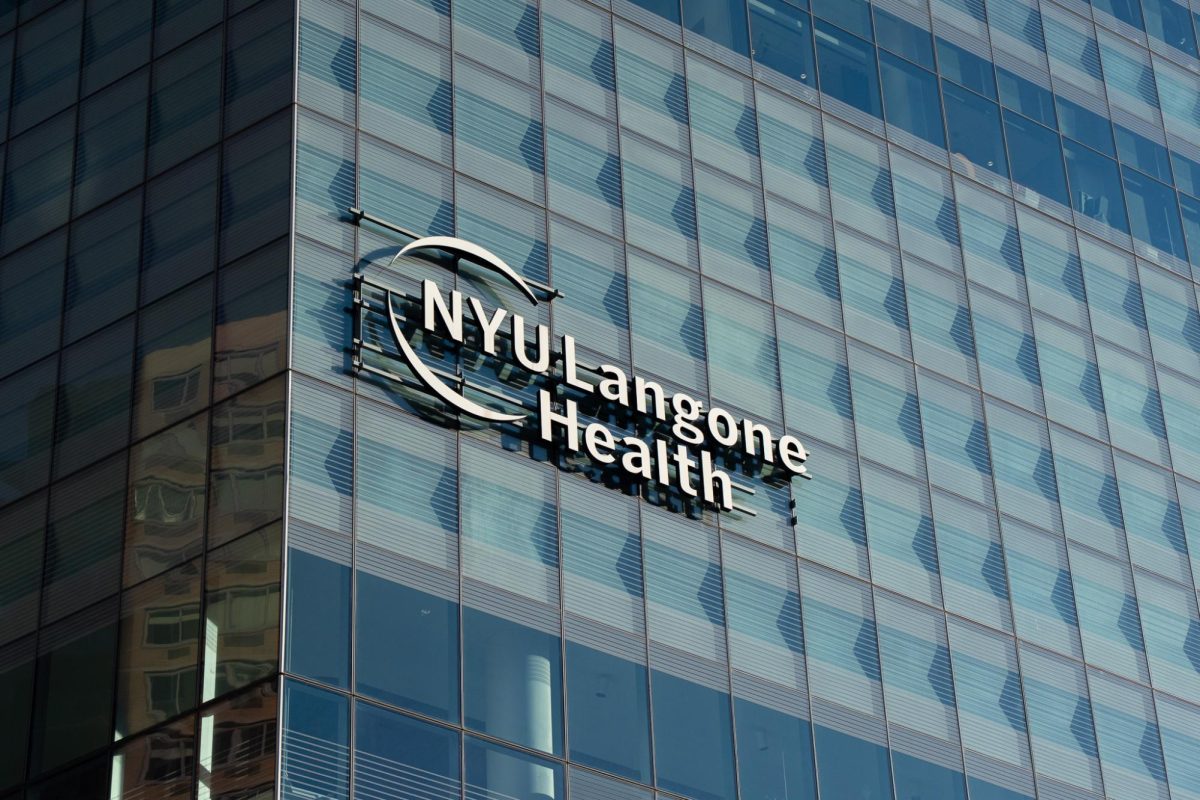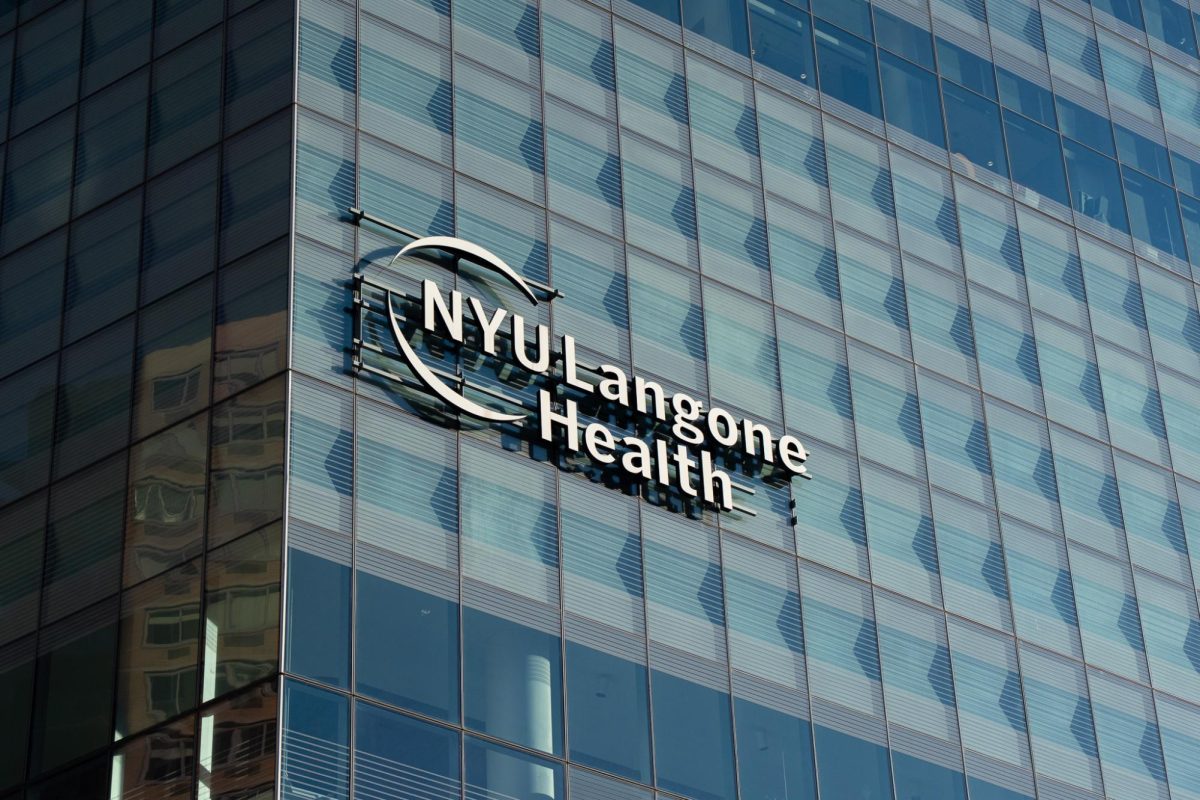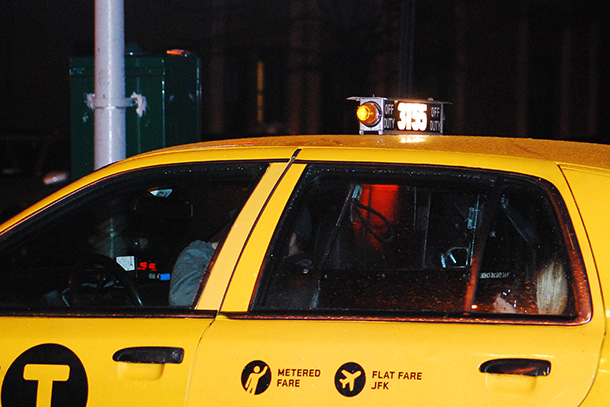The pink tax, the gender differential in consumer goods, is everywhere: women tend to pay more for products or services than men. A common example of this is how personal care products targeted at women, such as razors, tend to be priced higher than their equivalent male-targeted products.
The NYU Rudin Center for Transportation recently conducted a survey to explore whether or not the Pink Tax also applies to transportation. The Rudin Center found that women pay, on average, $26 to $50 more a month on transportation than men do; if they’re caregivers, they can spend up to $100 a month on caregiving-related trips.
Since women are more likely to have threatening experiences while using public transportation, the report claims that, “women are more likely than men to change their behavior in order to avoid harassment” and thus use services like Uber. The study found that this was especially true at night, although those more familiar with the subway system tended to feel more secure.
For Gallatin junior Kaylee Warren, the fear that comes with public transit at late hours is a familiar experience.
“Yes, I’ve avoided public transportation several times specifically for this reason,” Warren said. “Once it gets past around 10 p.m., I make sure to take a cab or an Uber back home … However, I recognize this is a privilege. I’ve been in situations before where I opted to take public transportation over a cab or Uber because I was working with a tighter budget at the time.”
However, the study’s results may not be representative of all women: 93.4 percent of respondents had a bachelor’s degree or higher, and 76 percent of the respondents were white.
Still, for many women, like CAS sophomore Angelica Kurtz, it is the quietness of some areas at night that discourages her from taking public transportation.
“During the day when I’m walking alone I’m pretty comfortable because there’s generally a lot of people around,” Kurtz said. “And even during the day people will catcall or try to approach you. But at night when there aren’t really people around, I can just feel on edge and uncomfortable. I’m trying to be hyper-aware of my surroundings. So if I’m alone I’d just rather take an Uber sometimes so I don’t have to worry about anything happening.”
For Gallatin senior Courtney George, the additional cost is worth it to be safe, especially after a close encounter she once had.
“The streets can even be unsafe before 10 p.m. on a Saturday night, and that became even more real to me after having a particularly scary hands-on experience with that,” George said. “As a girl who has lived in a city her whole life and does not drive, I have always been encouraged to take an [Uber] once it’s pretty late at night. I often would like to save that money for something else, but I understand how important it is to play it safe and smart.”
Email Shanti Escalante
at [email protected].


























































































































































